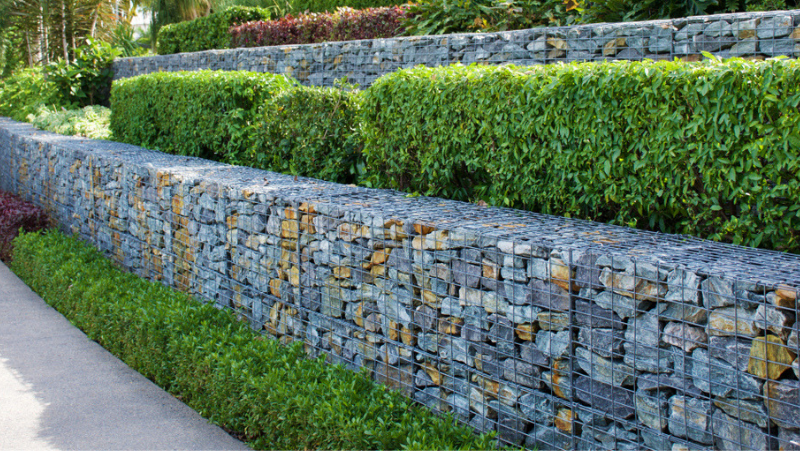Yates Account
Join now
Create a Yates account today!
Sign up to join the Yates Garden Club for monthly e-mails packed with seasonal inspiration, tips for success & exclusive promotions.
Plus if you’re a Garden Club member you can take part in the Yates Growing Community - a blog to share successes, get advice & win prizes in fun challenges along the way!

Forgot password
Enter the email address associated with your account, and we'll email you a new password.

Yates has all the information and advice you'll need to make a garden on a slope work for you.
Gardens on a slope
As suburban land becomes scarce, and more and more people buy and build in hilly areas, more gardens are being laid out on steeply sloped sites. Owners of such sections must face the challenge of conquering clay or sandy banks that slip away during wet weather or become unworkably hard in summer. The steeply sloping site demands much thought and care to make the most of it, but gives a handsome return in special garden delights.
The important factors to be considered when designing a garden on a steeply sloping site are drainage, soil type and methods of retaining soil.
Drainage is one of the most important factors where steep slopes of any kind and of any soil type, be it sand, clay or loam, are concerned. Drains do not need to be elaborate or even deep. Of course, the drainage fall is usually easy to arrange on slopes and the water gets away quickly. One common way of designing drainage is to have a large central channel into which a network of smaller drains flows. It is very important to establish the drainage system above the bank as well as below it. This diverts free water away from the slope. If you have a path lying at the base of the bank you will need to consider some type of drainage to catch the seepage between the bank and the path.
Soil is often poor on sloping sites. Topsoil may have been removed, exposing the deeper and poorer strata of the soil.
Try to incorporate organic matter, like Yates Dynamic Lifter Organic Plant Food into the planting area. If the slope is steep, it may be necessary to stabilise it by pegging chicken wire onto the face of the slope and planting through the gaps in the wire (cut wider is necessary).
Some plant suggestions for sloping sites:
- Ground cover grevillea (Grevillea ’Poorinda Royal Mantle')
-
Star jasmine (Trachelospermum jasminoides)
-
Creeping pohuehue (Muehlenbeckia axillaris)
- Gazania (Gazania 'Takatu Red')
-
New Zealand sedge (Carex comans)














Share
Share this article on social media